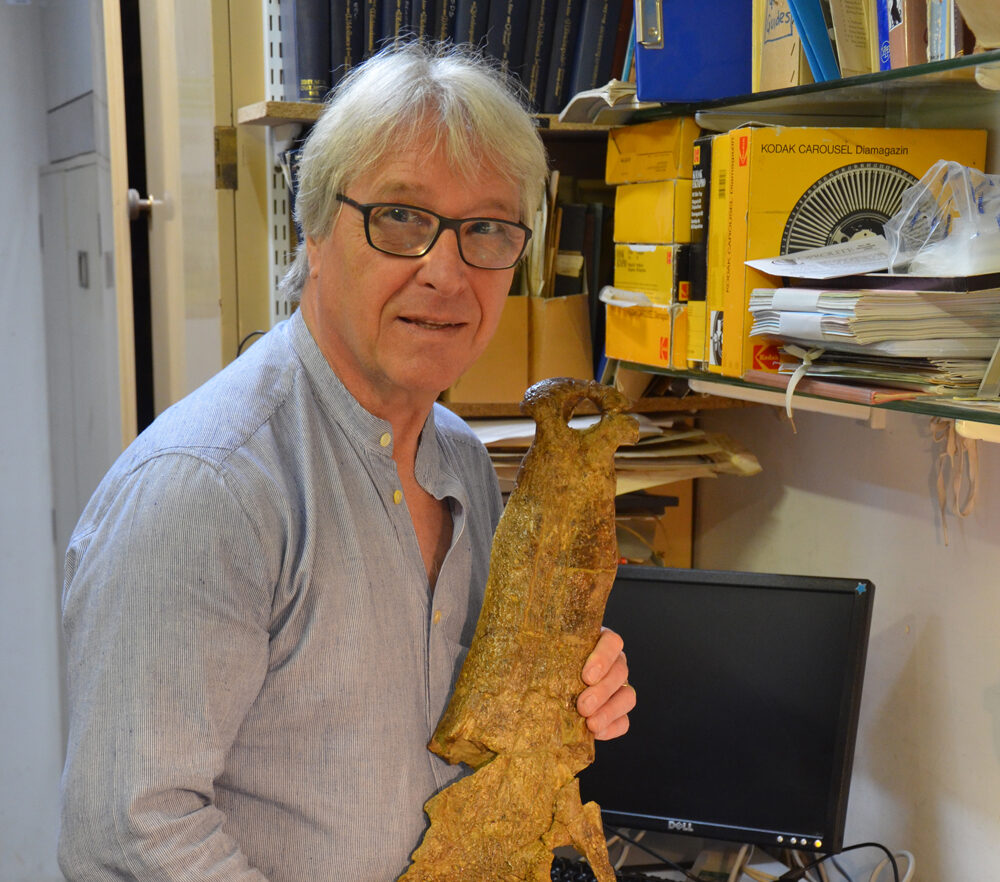The Booth Museum Fossils
Published by:
John Cooper

John A. Cooper (retired Keeper of Natural Sciences at the Booth Museum of Natural History) has published the latest version of
A Catalogue of the Type, Figured and Cited specimens in the geological collections of the Booth Museum of Natural History, Brighton
Updated February 2020, it can now be found online.

International science codes require that every species or subspecies of organism, whether living or fossil, should have a type or reference specimen to define its characteristic features.
These specimens are held in museums and collections around the world and must be available for study.
The Booth’s collection of fossil type specimens are available to scientists all over the world through this catalogue.